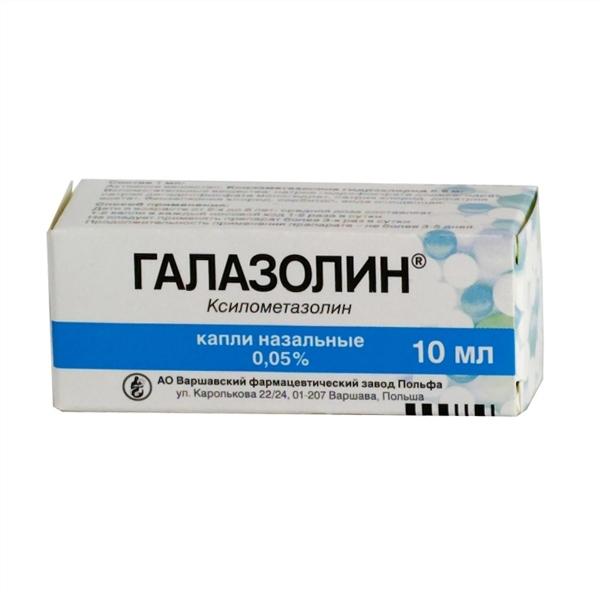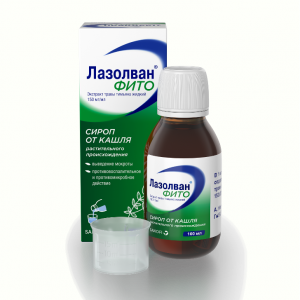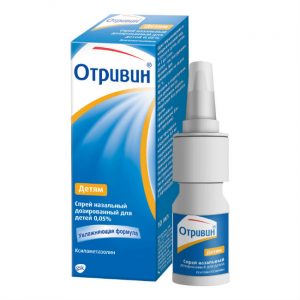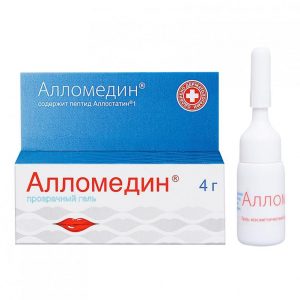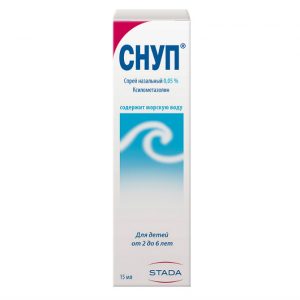Description
release form
nasal drops
Packing
Bottle of 10 ml.
Pharmacological action
Galazolin is a vasoconstrictor drug for topical use in ENT practice.
Alpha-adrenergic agonist from the group of imidazoline derivatives. In low concentrations it acts on 2-adrenergic receptors, in high concentrations it acts on 1-adrenergic receptors. When applied topically, it causes a narrowing of the blood vessels, which leads to a decrease in edema and hyperemia of the mucous membranes of the nasopharynx and a decrease in the amount of discharge.
Against the background of the use of Galazolin, the patency of the nasal passages, sinus openings and Eustachian tube is restored.
When applied topically in therapeutic concentrations, it does not irritate the nasal mucosa and does not cause hyperemia.
Indications
acute rhinitis (viral, bacterial, allergic)
sinusitis
eustachyitis
otitis media.
Contraindications
elevated intraocular pressure
angle-closure glaucoma
atrophic rhinitis
arterial hypertension
severe atherosclerosis
tachycardia
hypertrophy srdklpdrdpjrdprdkpdrik drdklprdkrdprdlpp
Use during pregnancy and lactation
Galazolin should only be used after evaluating the risk-benefit ratio for the fetus and mother. It is not allowed to exceed the recommended doses during pregnancy and during lactation (breastfeeding).
Special instructions
Long-term use of Galazolin leads to a weakening of its action, the development of atrophy of the nasal mucosa and reactive hyperemia with drug rhinitis.
Composition
1 ml drops contains:
Active ingredient: xylometazoline hydrochloride hydrochloride hydrochloride , sodium dihydrogen phosphate monohydrate, sodium chloride, disodium edetate, benzalkonium chloride 50%, sorbitol, purified water – up to 1 ml.
Dosage and administration
Galazolin in the form of drops 0.05% is prescribed for children aged 2 to 6 years, 1-2 drops in each nostril 1-2 times a day.
Galazolin in the form of nasal drops should not be used more than 3 times a day.
Side effects
Local reactions: sometimes – burning, dry nasal mucosa, sneezing rarely – reactive hyperemia (a pronounced feeling of nasal congestion after the effect of the drug passes).
Other: sometimes with a local overdose – tachycardia, increased blood pressure is very rare – anxiety, insomnia, fatigue, headache, nausea.
Storage conditions
The drug should be stored in a dark place, out of the reach of children, at a temperature of 15 ° to 25 ° C.
Deystvuyuschee substances
Xylometazoline
Conditions of release from
pharmacies Without prescription
Dosage
nasal drops
Appointment
Children’s forms
